7 Strategies that Make Whole Foods so Successful

Yes, now Whole Foods has been bought by the infamous Amazon, but it has been running since the 70s. They certainly have a target customer different from chains such as Vons.
Known for its heftier price tag, it accompanies organic, good quality ingredients, local, and new brands in its stores. So how does a costlier grocery store become such a successful large chain?
Beginning & Location
Target Customer
We know the stigma behind Whole Foods as being relatively pricey. Well, it’s true. With the first store being opened in Texas, they started opening in affluent neighborhoods in the midst of millennials and boomer generations that sought natural and organic food in 1980-2010. Location is quite important – to be established where your ideal customer lies.
A typical customer at Whole Foods is a 25-39-year-old female. Whole Foods, in turn, brings prestige, having a good reputation for its quality items.
Natural
Niche
Whole Foods is the largest natural foods grocery chain in the world. Perhaps you’ve noticed they have labels that say “non-GMO”, “gluten free”, “local”, “vegan”, “organic”, etc. At this point, it’s not much of a niche anymore because many people are more conscious of eating healthy, and many also have dietary restrictions – whether that be the rise in food allergies, or by choice.
The company is also very transparent on its sourcing, hence the “local” labels. They actually have rigorous quality standards that all suppliers have to uphold, including a sustainability commitment.
How does this help their business? Well, as you can see it is an interest to and applies to numerous people, and in the beginning their concept was unique – combining a health food store and supermarket.
Even more important is that it applies to their primary customer, as Whole Foods learned they were willing to pay for their quality. And if you’re paying a premium, you expect a premium.
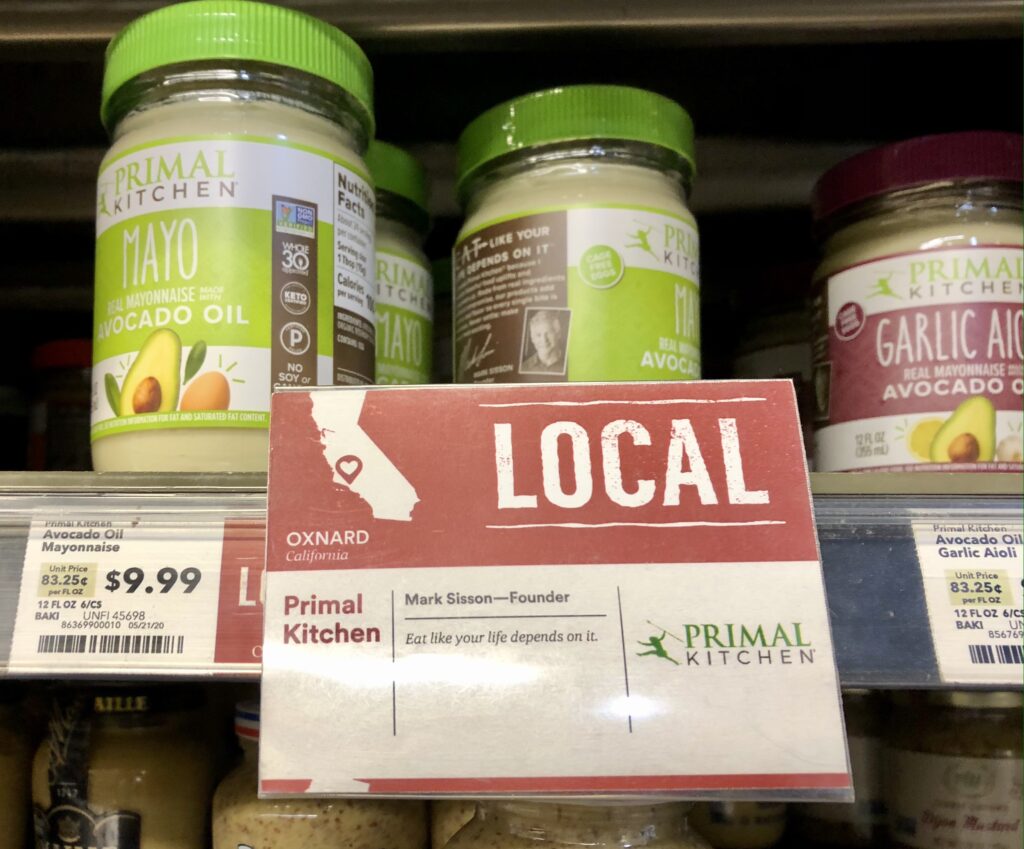
Innovation
Change

Apart from sales being a core aspect of “change” – that keeps customers engaged – the company has an interest in offering innovative and new items.
They love to showcase local products. This also allows Whole Foods to sell items not found in every grocery store.
This idea of giving the customer a feeling that you can only buy that item at your company is a smart factor to keep customers returning. It’s also an exciting adventure to waltz around Whole Foods and discover new items.
365
Private-Labeling
Unlike most grocery stores, Whole Foods actually has multiple private labels.
The most well-known one that spread across the store is 365 Organic Everyday Value. If you go to the tea and coffee section, you’ll also see the Allegro Coffee lines. Other products under its own brands are Whole Paws and Engine 2 Plant-Strong.
Without dropping the quality, the private-label items allow for cheaper products. This is especially important for a store like Whole Foods to combat its label as being notoriously pricey, with terms such as “Whole Paycheck”.
I for one find some great products through their 365 brand that brings me back to the store like their gluten free Organic Yellow Lentil & Brown Rice Lasagna. With their private labels, it spans a wider net of customers.
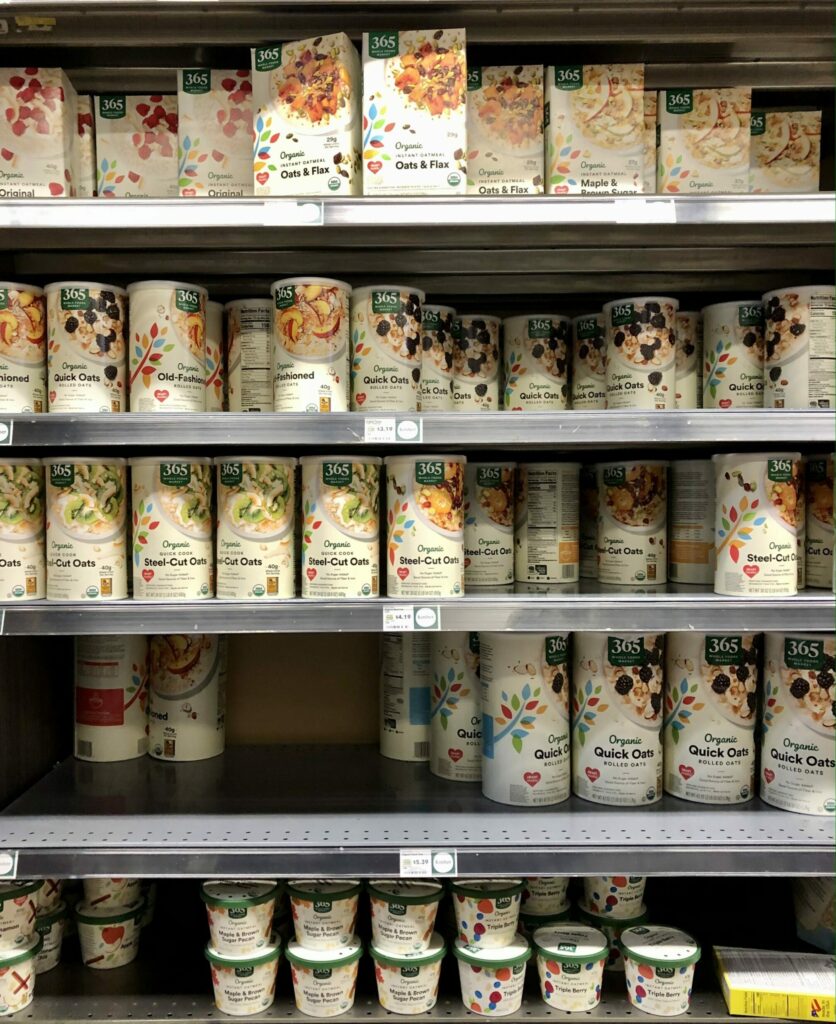
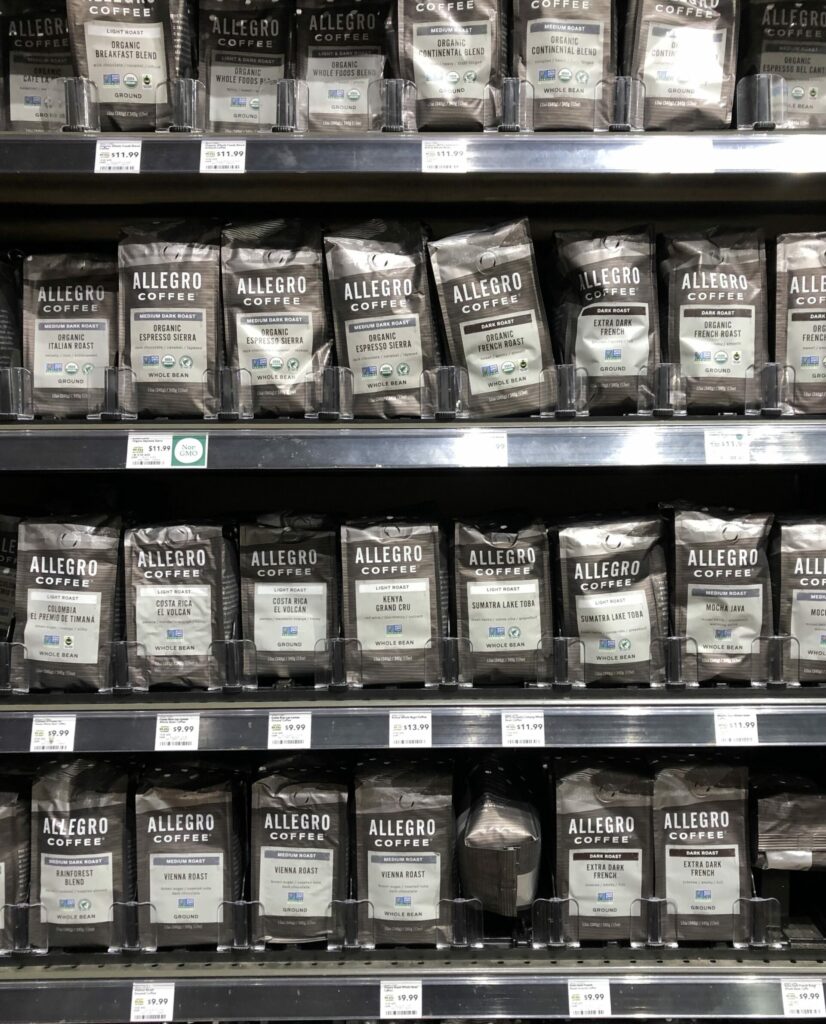
Sales
Discounting

Opposite to the Trader Joe’s strategy, Whole Foods is not a stranger to sales.
Not only are their sales in person, but also available for showcase online.
Whole Foods is a ginormous chain, having numerous sales that change often.
A balance of finding deals, impulse buys, and giving in to a specialty item you have seen on the shelf but the thought was too expensive to buy makes the expensive shopping more appealing.
Amazon + Whole Foods
Growth & Digitilization Expansion
Of course, things changed in 2017 when Amazon bought Whole Foods for $13.7 billion.
As you may have seen there is more than one sale sticker below an item. That is because it adds Prime Member deals. Sales are a very drawing factor for customers, as we’ve most likely experienced, but these ones are based on a membership model – which was new to Whole Foods.
With Amazon being a large leader in tech, it is clear that digitization has impacted the store. Although they did have an online system beforehand, concepts such as connecting your Amazon account – providing more deals and Prime Now deliveries were implemented.

Amazon has even made efforts in sustainability. Online grocery shopping is increasing and connecting with this large online company is a benefit.
Digitalization is important for most companies, if not every, especially ones that were previously primarily in person since that could be an ending factor. Whole Foods still receives most of its sales through in-person retail though.
More than Food & Drinks
Cross-selling
While we typically go to Whole Foods for food and drinks, I’ve also bought a Hydroflask there.
While you want to primarily sell the products that your customers are there for, cross-selling is a smart strategy. This idea is essentially selling more types of items than your primary concept is.
This allows Whole Foods to sell diverse prestige products.
Note, most items are still well in the range of their concept, such as sustainability and related to consumption.
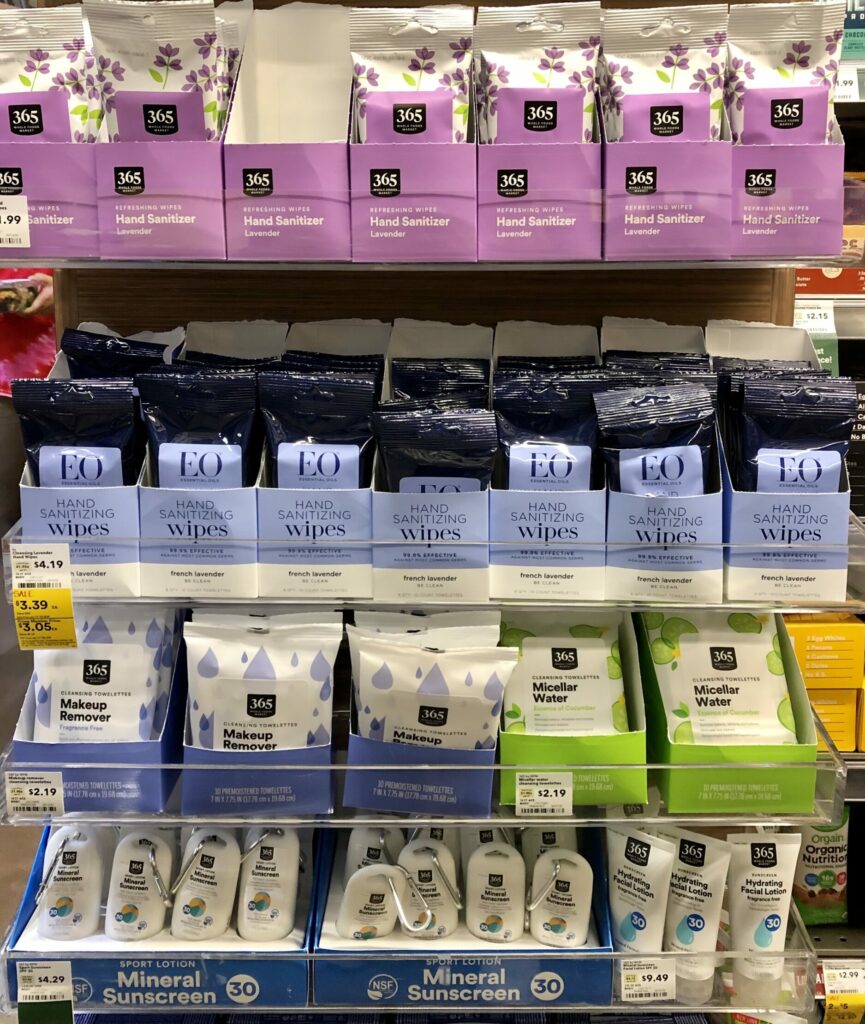
Whole Foods Dining
More Offerings
When I was little there was one reason I loved Whole Foods – getting food! Not every child likes grocery shopping, not even every adult does, but most children do like their pizza and mashed potatoes.
Providing more offerings that make your store appeal to a larger scale, in this case, is beneficial because it complements the grocery shopping and relates to the primary customer.
The prepared food is also a connected concept to groceries, therefore making it a practical additional offering, while providing a unique shopping experience.
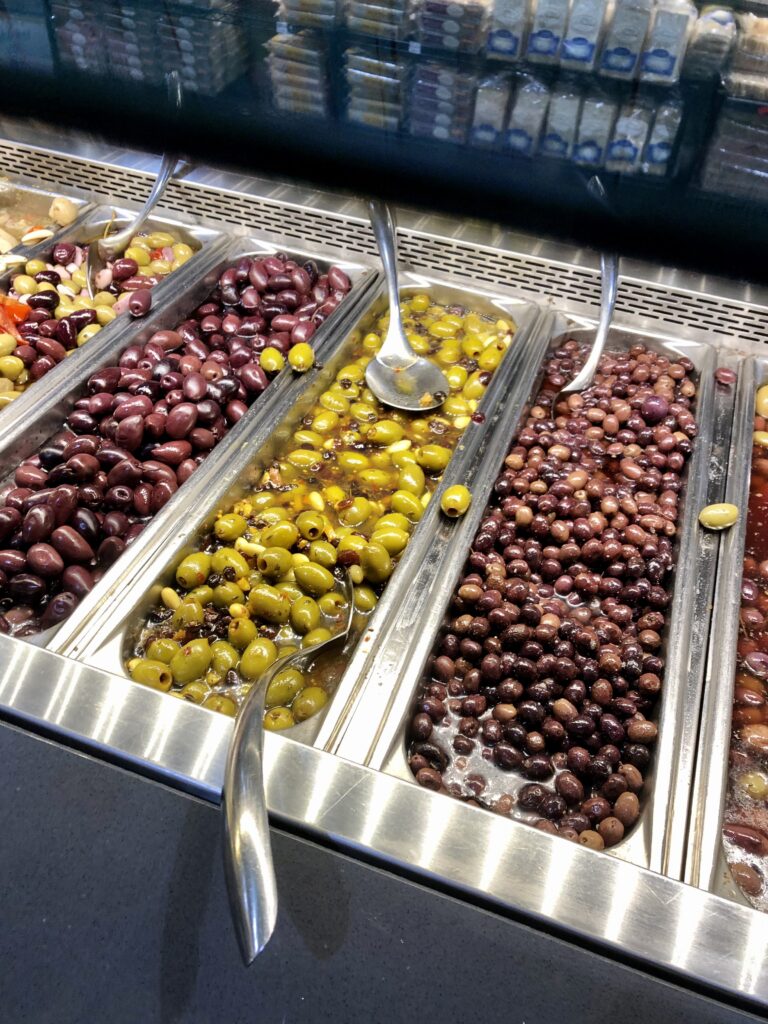
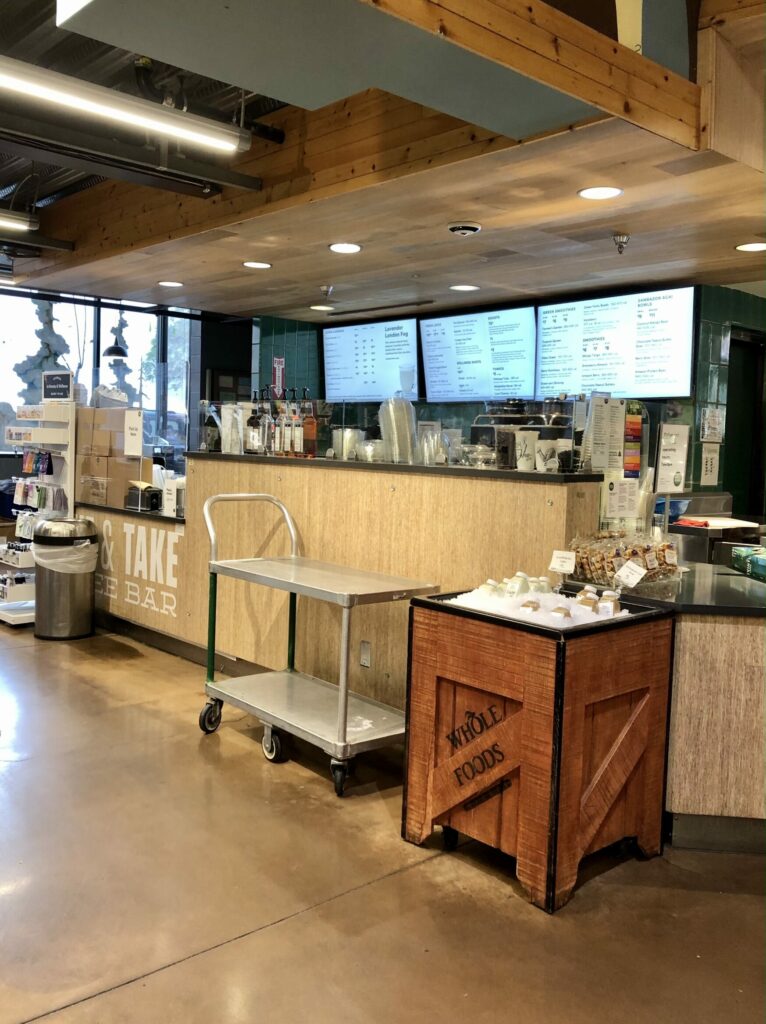
Note that apart from these 7 aspects of Whole Foods, they have a large history that has led them to be successful.



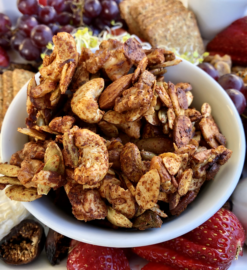
Leave a Reply